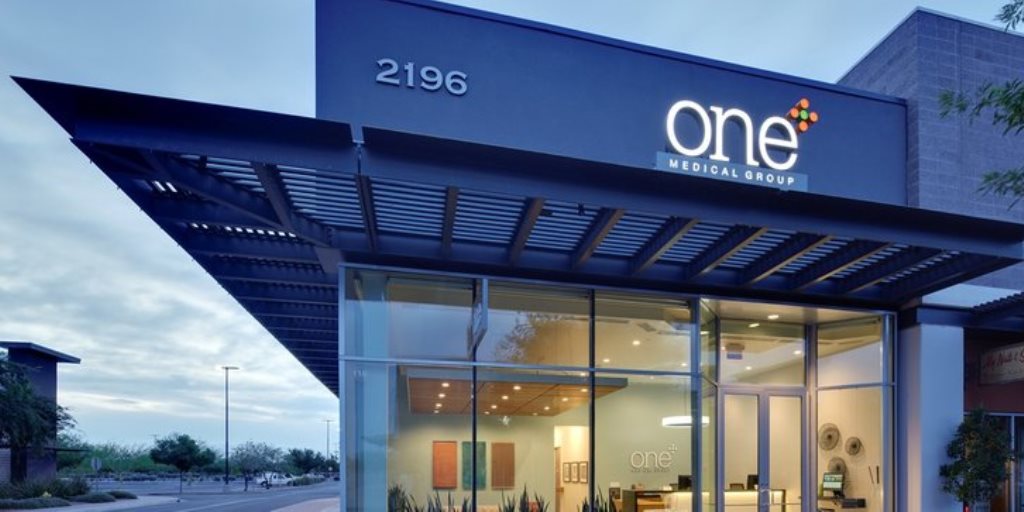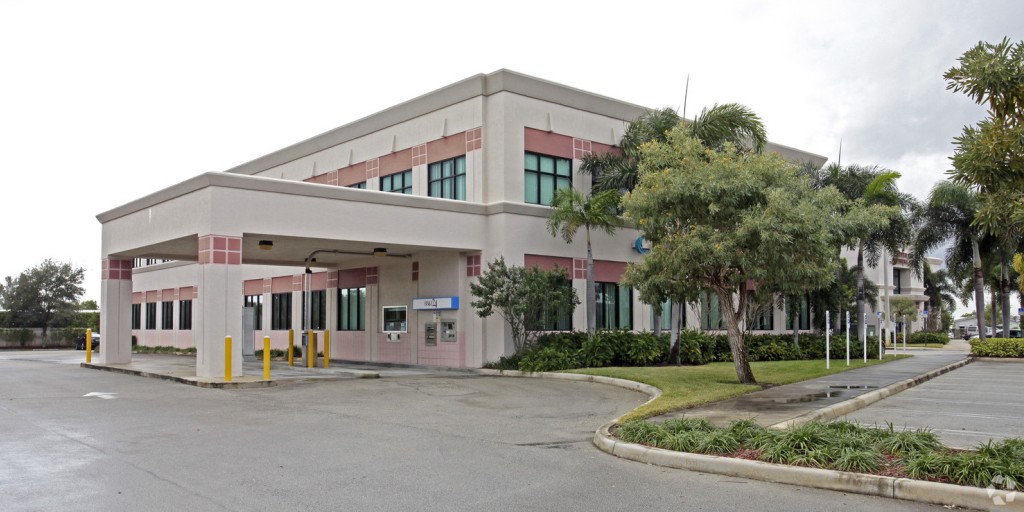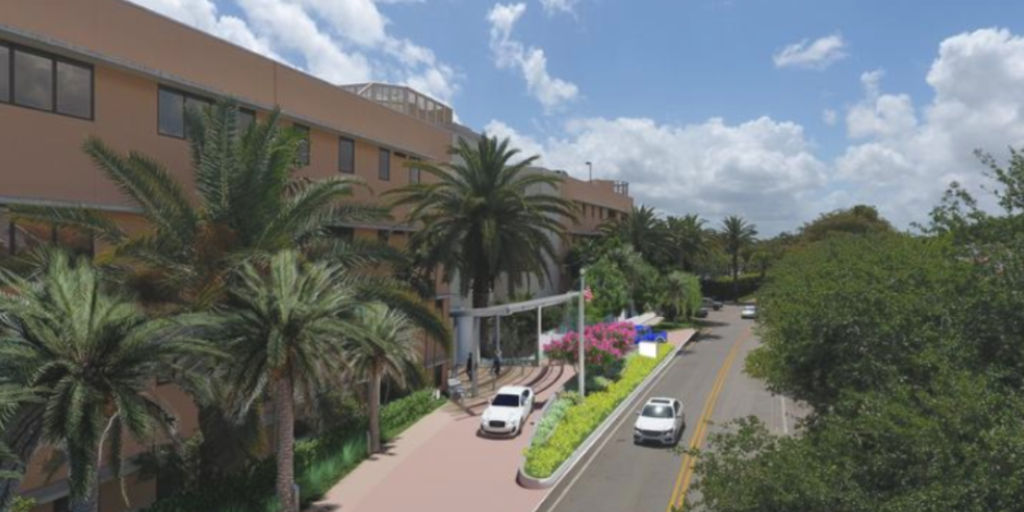

The state received nine “certificate of need” applications for new hospital projects by a Wednesday deadline, according to the Florida Agency for Health Care Administration.
Orlando Health and Central Florida Regional Hospital have submitted applications to create 100-bed facilities in Seminole County. Moreover, HCA Healthcare and the Public Health Trust of Miami-Dade County have submitted so-called CON applications for 100-bed hospitals in Miami-Dade.
Other proposed projects include a 90-bed adult psychiatric hospital in Pasco County and an application from St. Vincent’s Healthcare to establish a four-bed neonatal intensive care unit in Duval County.
The CON program regulates hospitals, certain hospital services, hospices, nursing homes and intermediate care facilities for the developmentally disabled.
Operators need to receive certificates of need before they can move forward with building facilities or adding certain services.
The state has four CON “batching” cycles a year, two for hospital beds and facilities and two for “other beds” and programs.
A letter of intent advising the state of a proposed project must be sent to the state before a CON can be submitted.
However, a letter of intent is not binding. Case in point, Fort Walton Beach Medical Center submitted a letter of intent advising that it wanted a CON to establish a neonatal intensive care unit. However, it did not submit a CON application.
It was the only provider to submit to the state a letter of intent but not follow up with an application. For a list of the CON applications submitted click here.
Source: WLRN

In a new study on the healthcare real estate sector, Transwestern revealed that swelling demand for healthcare services may push forecasted demand for medical office space well above supply in several U.S. markets. The report, Medical Office Space Gets Tight, bases its predictions on the anticipated growth in healthcare workers through 2019 and compares average space usage per worker to space that now exists or is currently under construction in 14 markets.
“The segment of the population at or over the age of 65 is growing at a rate 14 times faster than those aged 64 or younger,” said Jay Johnson, Managing Director of Healthcare Advisory Services. “A greater demand for healthcare services means more workers, and this is going to make healthcare space much tighter in some markets.”
Specifically, current projections estimate that just over 150,000 healthcare practitioners will be added to the economy over the next two years, and total demand for medical office space across the U.S. could range from 150.5 million to 225.8 million square feet by the end of 2019.
“There is approximately 110 million square feet of available medical office space in existing and under-construction buildings in the U.S. as of the second quarter of 2018,” said Director of Research Elizabeth Norton, the report’s author. “If all healthcare practitioners added to the economy through 2019 aim to locate within medical office space, absorption of this demand is impossible without a major shift in how people expect and receive healthcare.”
New York, Dallas-Fort Worth, Atlanta, Denver and Miami-Fort Lauderdale would be the most challenging for practitioners wishing to locate within medical office space. But other real estate options could provide feasible solutions, including leasing nontraditional spaces in conventional office buildings or repurposing empty retail space for medical uses.
Norton noted that the emergence of new forms of healthcare, such as telemedicine, digital health, and shared service centers, could suppress future demand to some degree, depending on how quickly these new approaches are adopted by the healthcare industry.
Source: Wolf Media
Specifically, current projections estimate that just over 150,000 healthcare practitioners will be added to the economy over the next two years, and total demand for medical office space across the U.S. could range from 150.5 million to 225.8 million square feet by the end of 2019.
“There is approximately 110 million square feet of available medical office space in existing and under-construction buildings in the U.S. as of the second quarter of 2018,” said Director of Research Elizabeth Norton, the report’s author. “If all healthcare practitioners added to the economy through 2019 aim to locate within medical office space, absorption of this demand is impossible without a major shift in how people expect and receive healthcare.”
New York, Dallas-Fort Worth, Atlanta, Denver and Miami-Fort Lauderdale would be the most challenging for practitioners wishing to locate within medical office space. But other real estate options could provide feasible solutions, including leasing nontraditional spaces in conventional office buildings or repurposing empty retail space for medical uses.
Norton noted that the emergence of new forms of healthcare, such as telemedicine, digital health, and shared service centers, could suppress future demand to some degree, depending on how quickly these new approaches are adopted by the healthcare industry.
Source: Wolf Media
New York, Dallas-Fort Worth, Atlanta, Denver and Miami-Fort Lauderdale would be the most challenging for practitioners wishing to locate within medical office space. But other real estate options could provide feasible solutions, including leasing nontraditional spaces in conventional office buildings or repurposing empty retail space for medical uses.
Norton noted that the emergence of new forms of healthcare, such as telemedicine, digital health, and shared service centers, could suppress future demand to some degree, depending on how quickly these new approaches are adopted by the healthcare industry.
Source: Wolf Media
Source: Wolf Media

Avison Young completed the $5.5 million sale of Boynton West Professional Centre, a set of twin buildings totaling 32,593 square feet at 1700-1800 West Woolbright Road in Boynton Beach.
Avison Young Principals Mark Rubin and Gary Gottlieb represented the seller, Hews Woolbright, LLC, in the disposition to TopMed Realty Acquisitions, LLC.
At 80 percent leased with medical and professional tenants, Boynton West Professional Centre was a value-add opportunity strategically located just half a mile west of Interstate 95, proximate to the JFK Medical Center, Bethesda Hospital, restaurants, and retail.
“We were initially retained by our client to provide full-service leasing and management to ultimately market and sell the property,” said Rubin. “The leasing and management teams led by Gary Gottlieb, stabilized the asset by securing lease renewals, increased occupancy by 20 percent, and oversaw valuable property improvements, allowing us to achieve leading market prices in an accelerated timeline. We secured an aggressive buyer who was attracted to the highly visible and easily accessible location of the property and the potential to lease it up with strong medical tenants.”
According to Avison Young’s second quarter 2018 Palm Beach County office market report, demand remains strong in Boynton Beach with no new development in the pipeline (and the same for several surrounding submarkets), consistent zero vacancy in class A space, and absorption posting at 22,728 square feet from space leased in class B assets.
At 80 percent leased with medical and professional tenants, Boynton West Professional Centre was a value-add opportunity strategically located just half a mile west of Interstate 95, proximate to the JFK Medical Center, Bethesda Hospital, restaurants, and retail.
“We were initially retained by our client to provide full-service leasing and management to ultimately market and sell the property,” said Rubin. “The leasing and management teams led by Gary Gottlieb, stabilized the asset by securing lease renewals, increased occupancy by 20 percent, and oversaw valuable property improvements, allowing us to achieve leading market prices in an accelerated timeline. We secured an aggressive buyer who was attracted to the highly visible and easily accessible location of the property and the potential to lease it up with strong medical tenants.”
According to Avison Young’s second quarter 2018 Palm Beach County office market report, demand remains strong in Boynton Beach with no new development in the pipeline (and the same for several surrounding submarkets), consistent zero vacancy in class A space, and absorption posting at 22,728 square feet from space leased in class B assets.
According to Avison Young’s second quarter 2018 Palm Beach County office market report, demand remains strong in Boynton Beach with no new development in the pipeline (and the same for several surrounding submarkets), consistent zero vacancy in class A space, and absorption posting at 22,728 square feet from space leased in class B assets.
Source: CRE-sources

